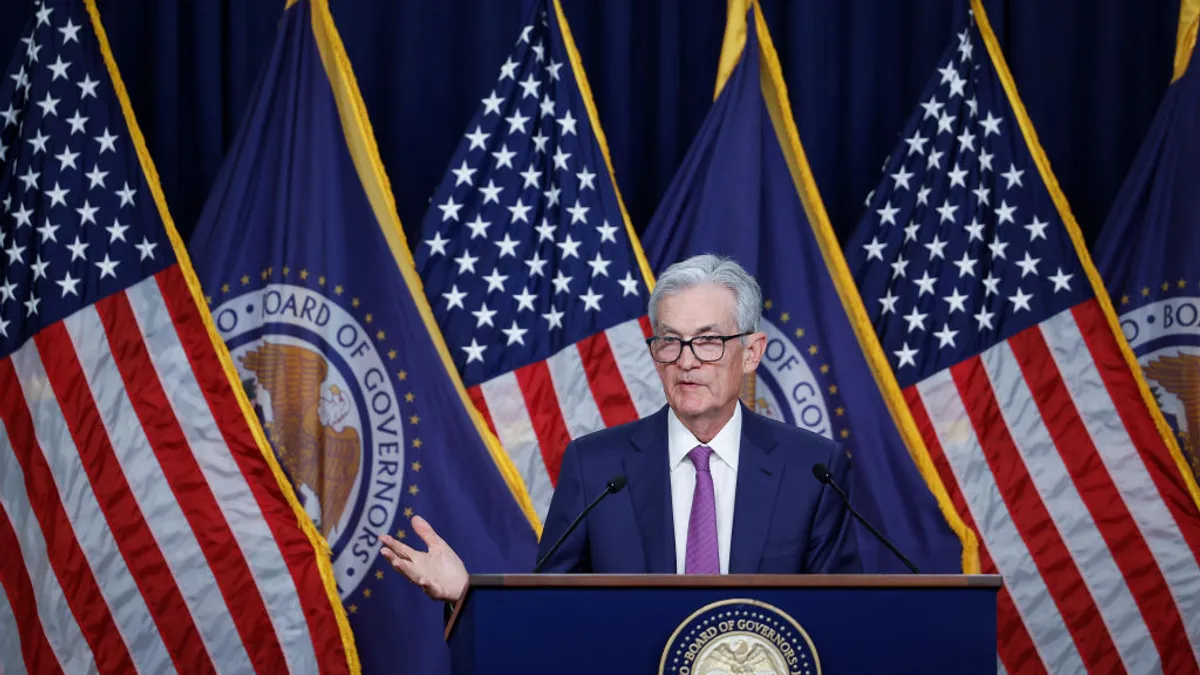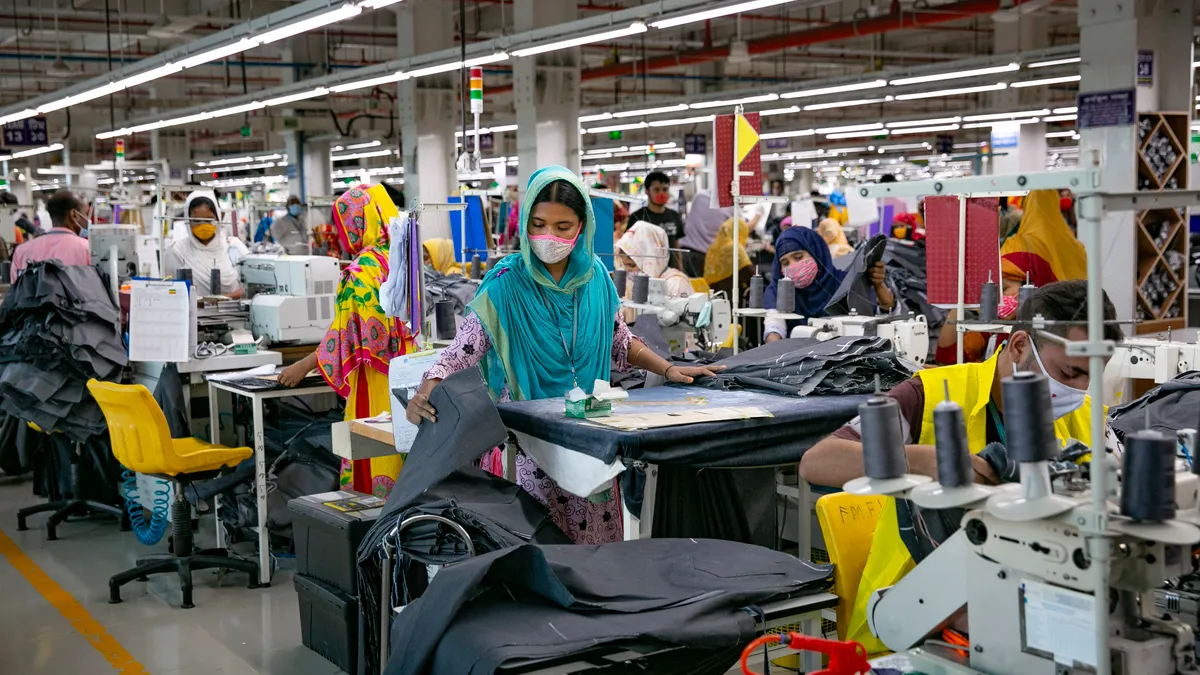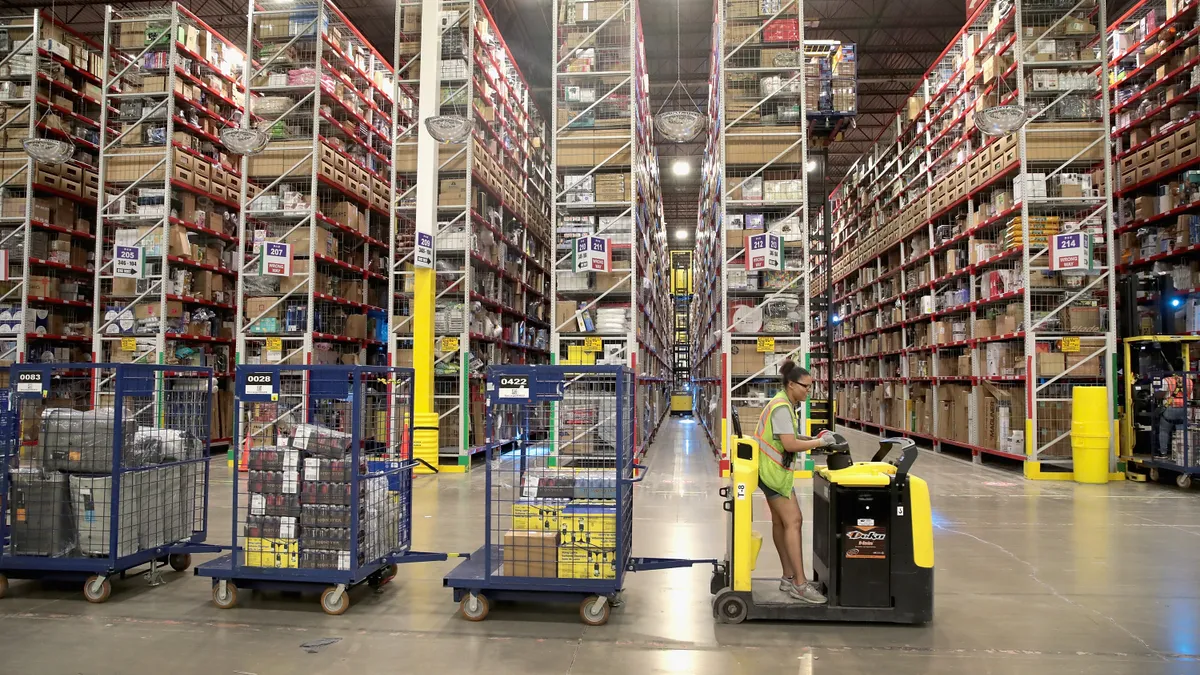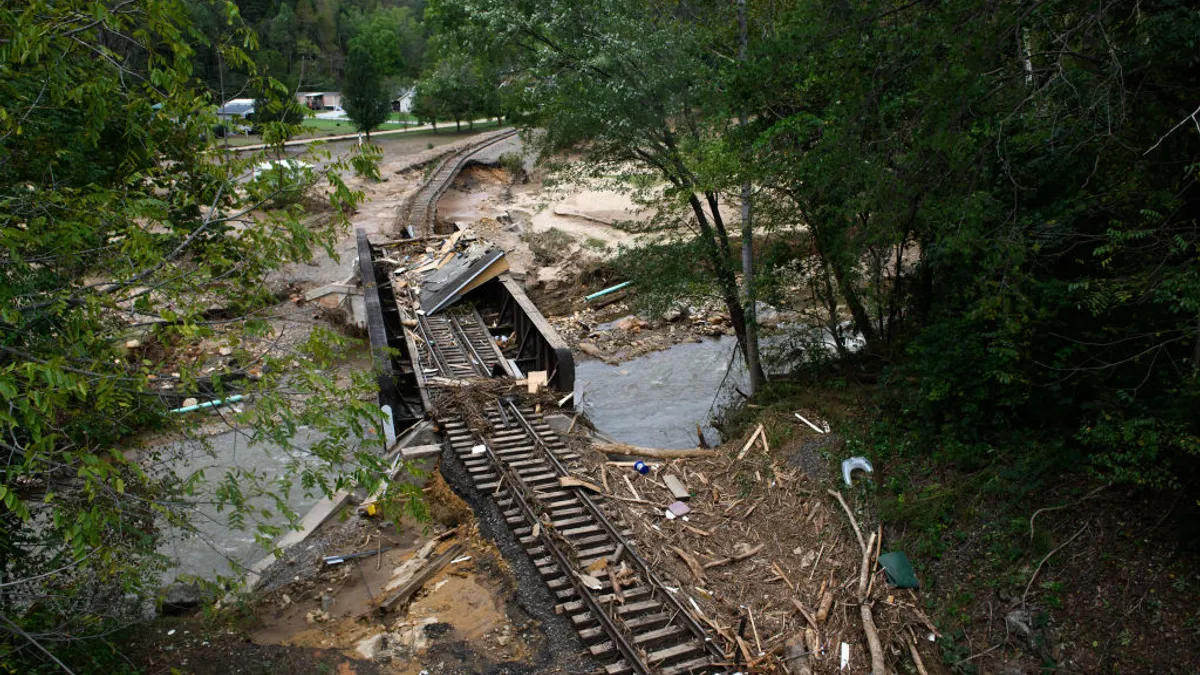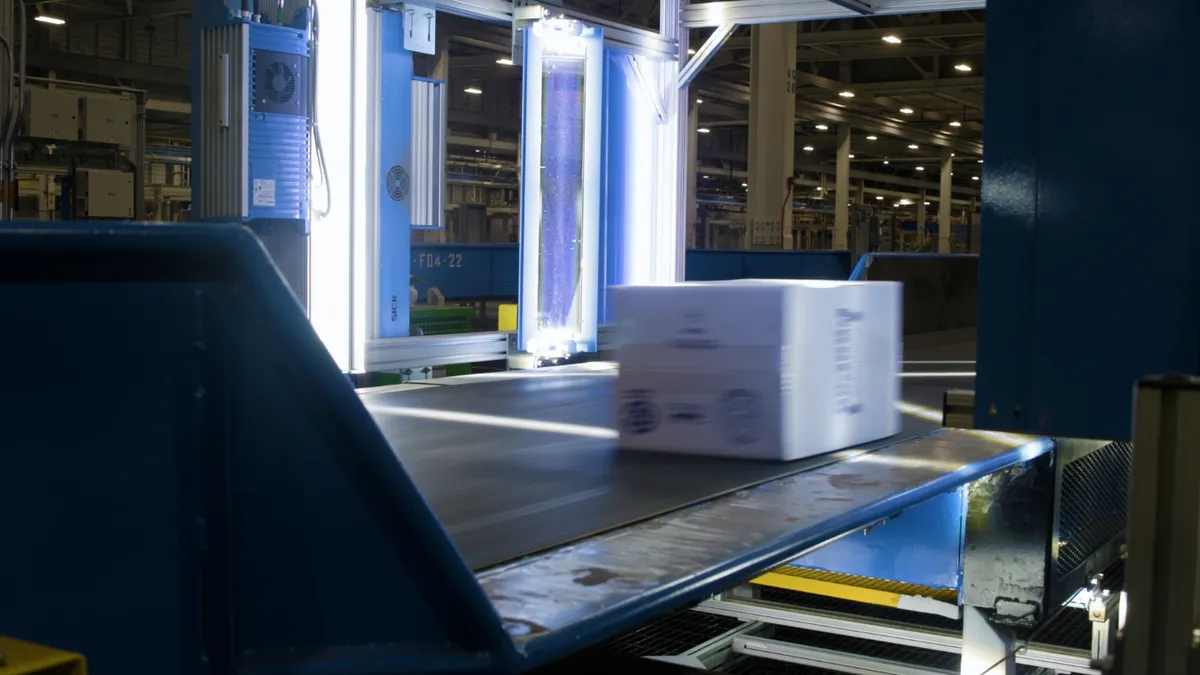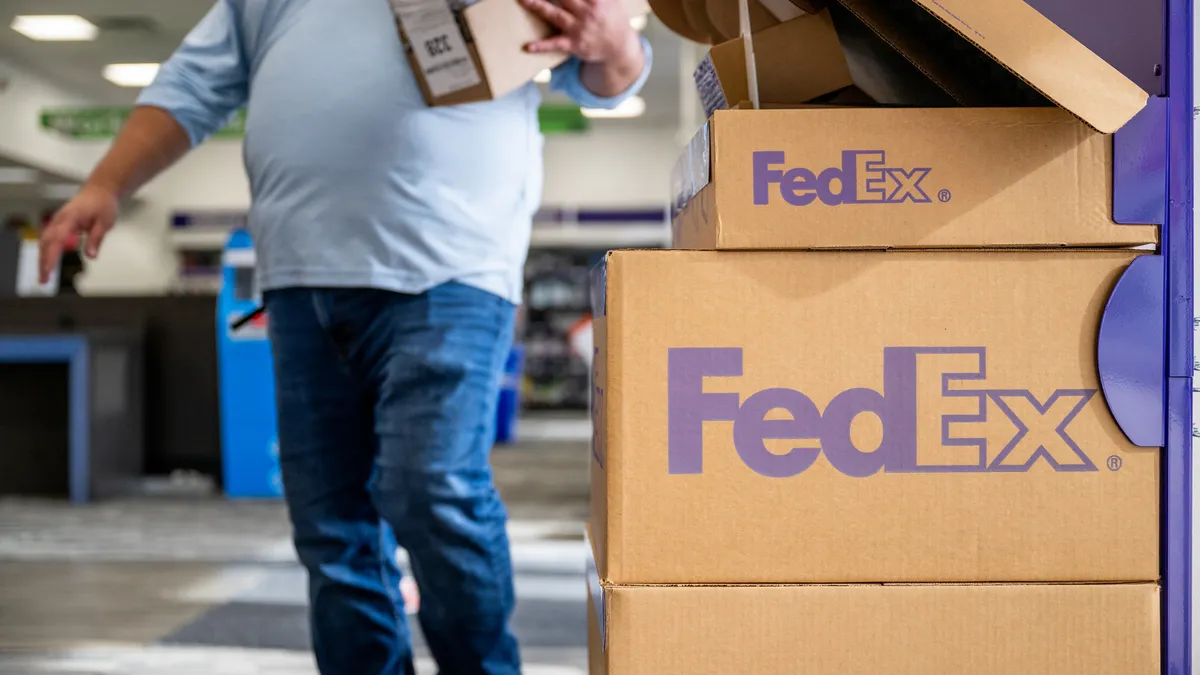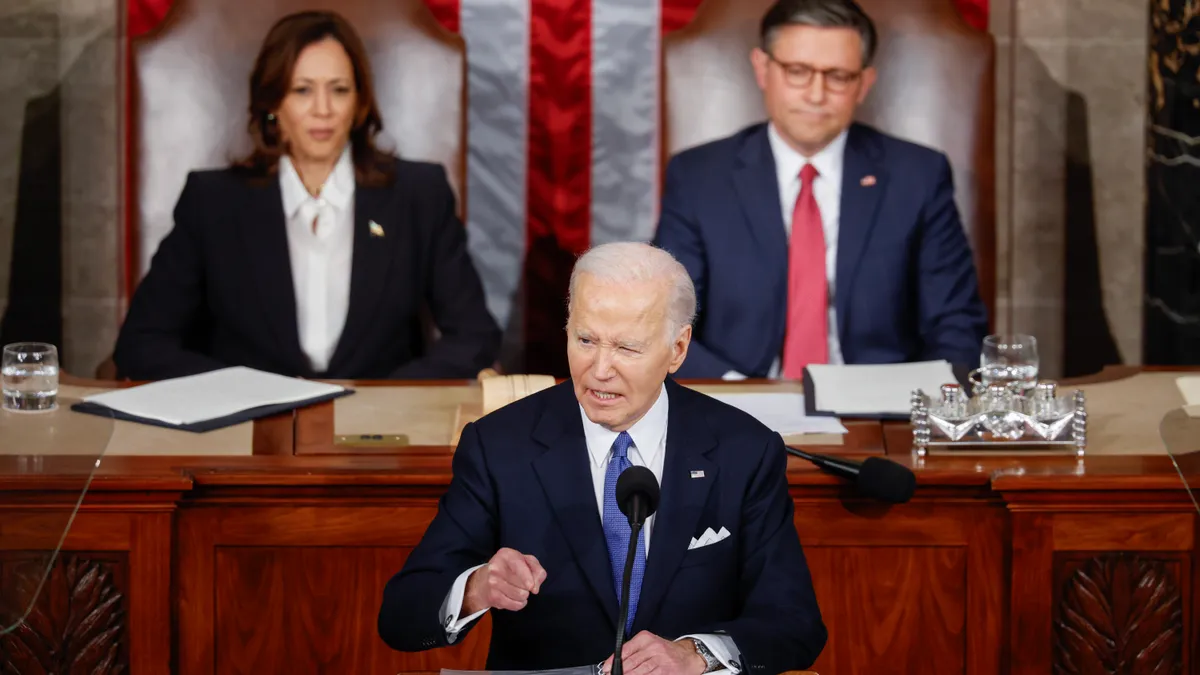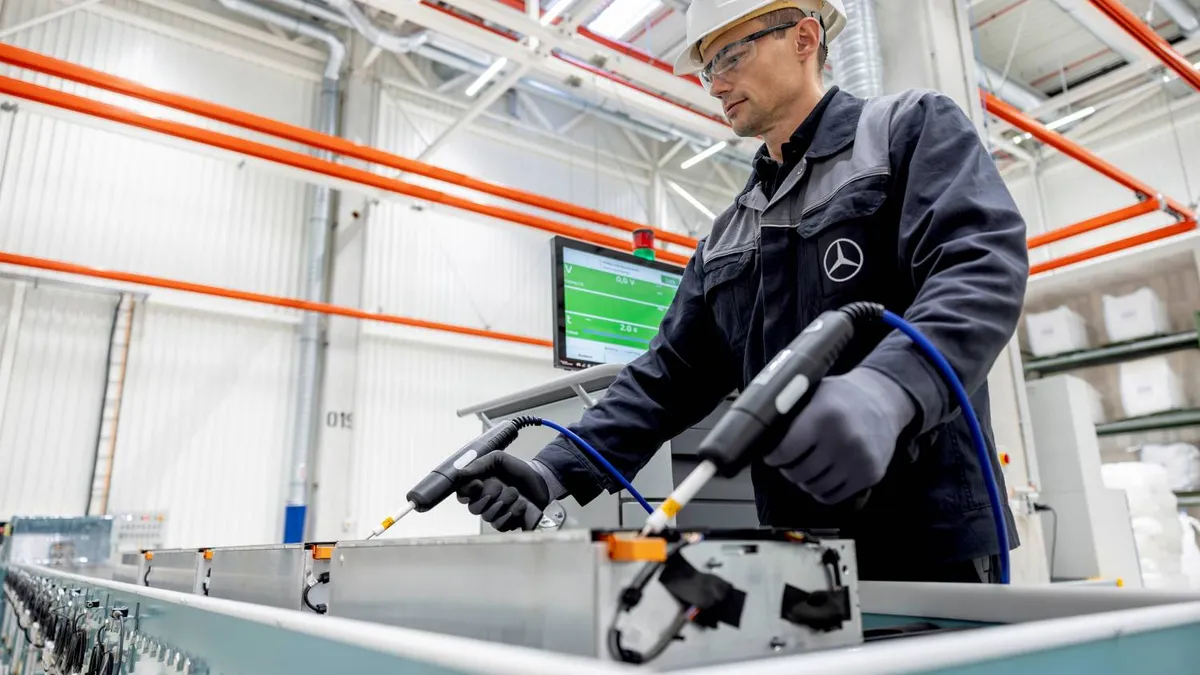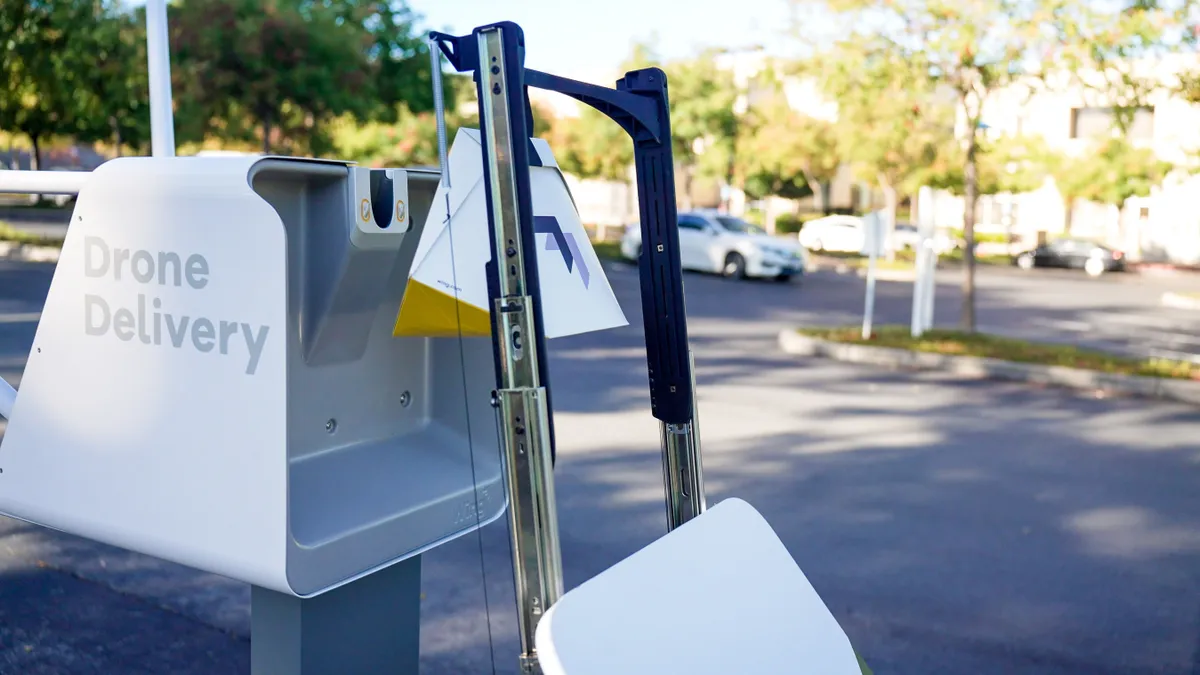Amid the uncertainty created by the presidential transition in the U.S., one theme has prevailed: infrastructure is slated to be a big winner in the coming years.
Speculation abounds on how President-elect Trump will implement his $1 trillion plan to make America’s infrastructure great again. Beyond the promise of renewed investment, Trump has provided few details as to what he would improve and how he would finance the undertaking.
Will the money prioritize roads, bridges, railroads, ports or public transportation? Some analysts believe the bill could simulate Obama’s stimulus package, while others claim he will wait to roll out a Trumped-up proposal.
Regardless, the lack of specifics has opened the floodgates of demands from various transportation lobbies, which have seen their interests consistently underrepresented.
Yet Trump recently provided a long-awaited hint of clarity to his infrastructure promises. In picking Elaine Chao – a “Washington insider” with deep connections to the Republican establishment – as his secretary of transportation, Trump brought in a force capable of pushing the various interests together into a bill. America’s infrastructure is crumbling, and now it is up to Chao to identify the most effective investments.
Priorities aside, supply chains will benefit greatly from any boost in infrastructure spending, regardless of what Trump and Chao target first. After all, supply chains transit across through roads, waterways and cities alike. When funding is lacking, however, the price of maintaining infrastructure is often transferred indirectly to businesses.
As the Trump administration solidifies its infrastructure renewal plan, Supply Chain Dive hones in on the rising impact that the funding gap on infrastructure spending will have on supply chains if not sufficiently addressed:
- The infrastructure funding gap will continue to rise unless addressed dynamically
- Governments rely on tolls and taxes to cover maintenance costs, affecting logistics budgets
- The future of transportation requires an innovation in well-functioning infrastructure
To make America’s infrastructure great, fix the funding gap
On the campaign trail, Trump promised he would invest $1 trillion in America’s infrastructure over the next 10 years as part of his plan to reinvigorate the American workforce and revitalize the economy.
But recent reports indicate even such a sizable investment would still fall short of fully covering the country’s vast infrastructure needs. The American Society of Civil Engineers pegs the country’s funding gap for infrastructure at $1.44 trillion through 2025, and at $5.182 trillion through 2040.
"Infrastructure is not something that, probably, the common person, the common voter really watches ... it's sort of ironic because it's so visible"

Henry Petroski
Professor, Duke University
In other words, the funding gap will still only get larger as the country’s infrastructure ages, even taking into account Trump's proposal. Of course, the trend towards a shortage of funding is hardly new: government spending on infrastructure as a share of GDP has steadily declined from 3% in 1962 to just 1.4% in 2014, according to Henry Petroski, author of “The Road Taken: The History and Future of America’s Infrastructure” and professor of civil engineering and professor of history at Duke University.
“There are so many directions in which the budget is being stretched and infrastructure is not something that, probably, the common person, the common voter really watches in terms of how it's passing through the government budget process,” Petroski told Supply Chain Dive. “It's sort of ironic because it's so visible and yet at the same time the budgetary process that is going to break it is not at all transparent.”
How the funding gap becomes an operational cost
Financing infrastructure has always been a challenge, as the needs and results are hardly visible and few people invite an increase in taxes. Even so, American budgets are indirectly affected by poor infrastructure and repeated stop-gap fixes.
With this perspective in mind, a lack of expenditure now only defers maintenance that is typically cheaper if immediately addressed, and instead passes it on to future administrations when the costs will be exponentially more.
“Infrastructure wears out, which means that it has to be constantly maintained and kept up to standards, and the best way to do this from a technical point of view, and also from a wise financial point of view, is to anticipate when it's right to put money into it,” Petroski said.
Further economic effects are even more visible and direct. Logistics managers know the extent to which gasoline and its volatility can dip into fleet budgets, and most states dedicate the gas tax to infrastructure needs. States often resort to tolls as well to cover basic needs, which are disproportionately paid for by logistics provider.
"Tolls in general are a wildly inefficient method of raising revenues"

Sean McNally
VP for Communications & Press Secretary, American Trucking Associations
In just one recent example, Rhode Island instituted a truck-only toll in order to fund bridge repairs, a move which, while supported by infrastructure advocates, was understandably denounced by trucking companies as discriminatory and harmful for the economy.
“Rhode Island’s scheme to target only trucks is unique to that state and it is unconscionable that a state would target an industry that is solely responsible for delivering goods to more than 80% of its communities,” Sean McNally, the American Trucking Associations’ vice president for communications & press secretary, told Supply Chain Dive in an e-mail.
“This kind of toll isn’t just an unfair tax on the trucking industry, tolls in general are a wildly inefficient method of raising revenues – with roughly 35% dollars collected in tolls going to administrative overhead rather than construction,” he added.
Some would argue, however, the trucking industry should pay more in infrastructure taxes given the increased damage caused by heavy-duty transport. Recognizing the difficulty of raising revenue at the federal level, the ATA noted that they supported indexing the fuel tax and, in the case of Rhode Island, increasing diesel taxes and registration fees to help pay for infrastructure needs.
All of this can be considered part of the infamous “pothole tax,” which drivers and shippers alike pay to maintain the country’s infrastructure absent of sufficient funding. The ATA estimates the trucking industry loses nearly $50 billion a year in wasted time and fuel, while the ASCE notes the average family loses $3,400 each year due to these costs.
Paving a path forward on the road to competition
The expansion of the Panama Canal, the proliferation of self-driving vehicles and increasing risks of floods are just a few examples of the many infrastructure-dependent innovations affecting supply chains.
Roads, bridges, highways, railroads and ports must all be updated as new technologies come to the forefront, and many states are doing just that. Virginia, for example, recently pledged $217 million to help its ports prepare to handle larger vessels, while Ohio announced it would create a “smart road” and facilitate self-driving car tests.
Yet the funding gap will not be resolved until public priorities change to privilege infrastructure needs – a change which will require a paradigm shift in the way infrastructure spending is perceived.
"The more we put this off, the more expensive it gets – and these low interest rates aren’t going to last forever"

Marcia Hale
President, Building America's Future
"One of the things I think that we very badly need to do is to challenge people's vision of what the future should look like, and I think that actually comes down to helping people visualize what the supply chain is and what it could be,” Marcia Hale, President of Building America’s Future told Supply Chain Dive.
More than a nuisance, each road upgrade or toll is a vital link for supply chains nationwide.
“We need to talk about what are the, whether it's 5 or 50 transformational projects, that need to be done around the country regionally that could help increase and streamline not only our supply chains but all of our transportation,” Hale added.
Perhaps most important, however, is facing the reality of the nation’s infrastructure needs and removing the cyclical uncertainty regarding when or what infrastructure improvements will be funded.
“It only gets more expensive,” Hale said. “The more we put this off, the more expensive it gets – and these low interest rates aren’t going to last forever so we should be enticing the private sector while we have low interest rates so that they can be doing some financing."





